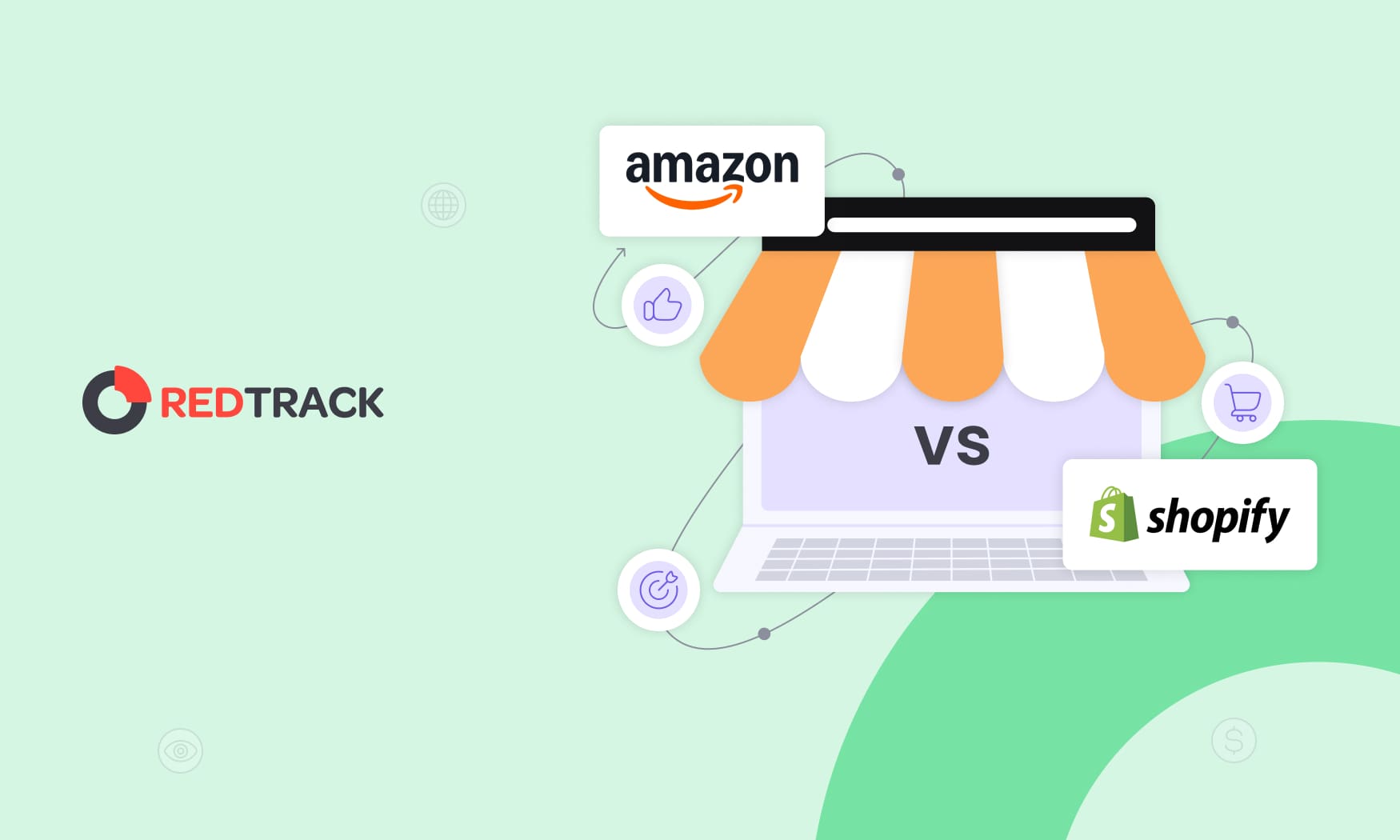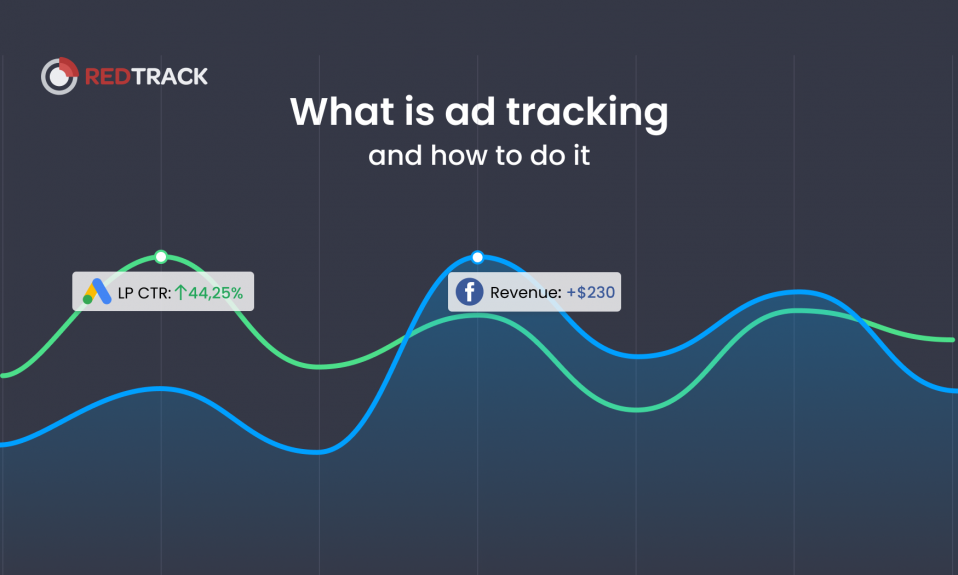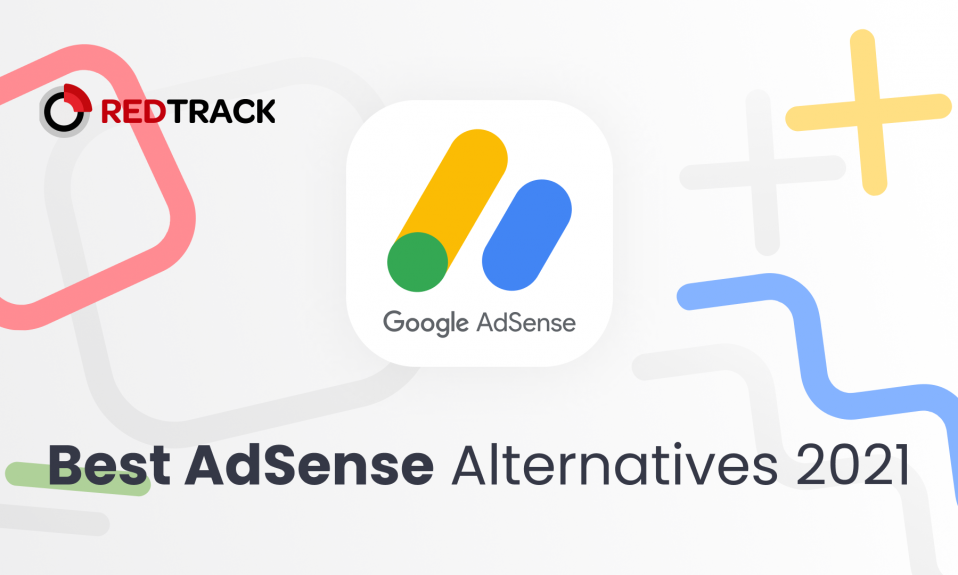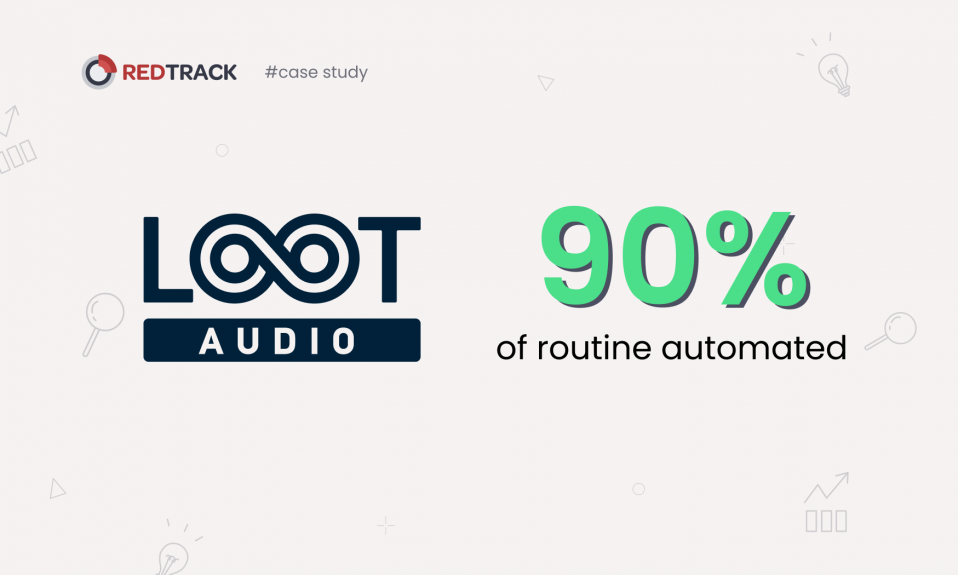
Many leading ecommerce companies (including eBay, Amazon, and Walmart) rely on AI technology to boost efficiency. If you haven’t started using artificial intelligence in your operations, you’re trailing behind key competitors.
AI works silently in the background, simplifying tasks that used to take hours. This means better business results and more time to focus on what matters most. For instance, you no longer have to guess what keywords can help your product pages get noticed. AI gives you the right words and phrases for maximum visibility. But AI use cases for ecommerce companies go beyond just content optimization. There are hundreds of tasks you can streamline, from pricing updates to inventory management and customer data analysis.
We’ve seen how the biggest ecommerce platforms use AI technology to run smoother and sell more items. The good news is you don’t need a billion-dollar budget to do the same. Here are 11 practical ways to use AI in ecommerce.
1. Creating Personalized Shopping Experiences
Have you ever gone to an online shop and the homepage banner displayed exactly the product you were intending to buy? Or when you saw the product recommendations, it felt like someone could read your mind? That’s how powerful AI personalization is when you use the right tools. It makes visitors feel like the store was designed specifically for them.
Here’s what AI does to make it happen:
- Personalized recommendations – AI looks at historical data, such as the browsing history, past purchases, and how many minutes a site visitor spends on a specific product
- Dynamic homepage – each person sees different products and categories based on their individual preference
- Personalized emails – AI crafts each message to fit what the shopper needs most right now
With this level of personalization, your target audience will have no doubt that your brand actually understands them. This means higher engagement rates and more sales.
2. Improving Search and Product Discovery
If somebody comes to your online store and types in what they want in the search bar but gets completely unrelated results, then you’re losing a customer for sure. AI fixes this by turning search into an intuitive, personalized shopping experience. Not only will search deliver more relevant results, but they’ll also be tailored to your audience’s needs.
Here’s what this looks like in action:
- More relevant search results – AI algorithms understand search intent, not just keywords (if someone types “anti aging cream for fine lines,” they’ll see products in that category, not a random list of face creams)
- Predictive search suggestions – as shoppers start typing, the auto-complete tool suggests the most likely words or phrases they’re about to write
- Visual search – the shopper can upload an image and instantly find the exact or similar products in your store, similar to how Google Lens works
AI tools create a smooth path from just browsing to completing checkout, and this helps you boost customer satisfaction rates while improving the user experience.
3. Content Creation and SEO
The amount of time content creation can eat up explains why people turn to AI for e-commerce. Generative AI apps (ChatGPT and DeepSeek), as well as keyword research and visual-generating tools practically do the content creation. You just have to sprinkle in your own flavor to make it unique.
Where the real magic happens is in how you use these tools. When you use Gen AI to enhance your creativity and not replace it, that’s when you’ll get the most results – just like 65% of companies that reported higher search engine optimization (SEO) rankings after integrating AI into their content processes.
Here are some simple tips on using AI for ecommerce content writing:
- Identify high-intent, low-competition keywords.
- Write unique product descriptions with these keywords.
- Generate ad copy variations for your social and search campaigns.
- Craft compelling subject lines for your email campaigns.
- Repurpose content for Meta apps, Pinterest, X, LinkedIn, and your blog.
- Create stunning images, videos, and carousels within seconds.
When used right, AI becomes a personal assistant, helping online retailers connect with their target audiences and sell more items.
4. Going Global With AI
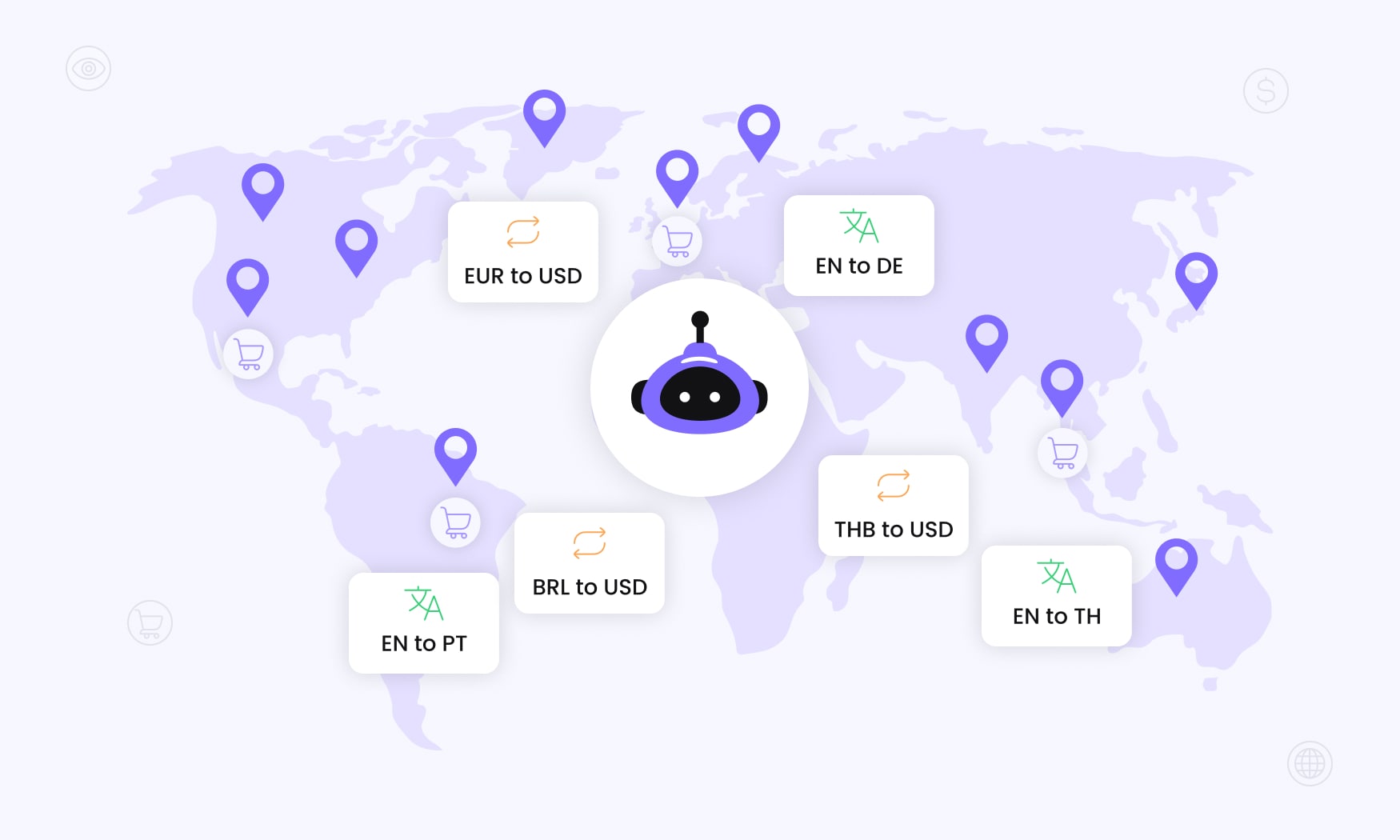
The thing about e-commerce is, once you’ve got a good product, the world’s your stage. But along with this extended reach, you also have to deal with new audiences and customers in time zones that are thousands of miles away. Language barriers are a problem, too–until you start localizing content and understanding locales with AI systems.
AI translation tools can adapt your web content, ads, and email to local languages while maintaining your brand voice. Plus, predictive analytics tells you which products are likely to sell in a particular region.
When it’s time to take your ecommerce site across borders, AI helps by:
- Translating product listings and descriptions automatically (use DeepL or Google Cloud Translate to localize your catalog into multiple languages)
- Adjusting pricing and promotions based on local currency (show EUR, USD, or NGN prices, depending on where the shopper is browsing from)
- Personalizing product recommendations for regional shopping patterns (you can suggest winter coats in Canada and beachwear in Brazil at the same time)
- Predicting demand in a particular region (see which products will trend in a specific area before you launch there)
- Adjusting visuals and messaging for cultural preferences (for instance, during Christmas, you can use Diwali-themed visuals in India and cozy autumn clothing imagery in the U.S.)
AI gives your online store that hometown feel that people in different regions can relate to. It’s how big names in the ecommerce industry go global without losing their personal touch.
5. Optimizing Pricing and Promotions
You might have noticed that some stores always have the perfect discount at just the right time. Instead of guessing how much to slash, top ecommerce businesses use machine learning algorithms to analyze millions of data points: buying patterns, competitor prices, and shipping behavior. Then, they create offers that discount-hunters can’t say no to.
Take Udemy, for example. When you create a new account there, you instantly see limited-time discounts of up to 90% off. It feels so personal, as if you’ve just unlocked a special offer for you and nobody else. Or look at Amazon, which adjusts prices based on demand, season, and even what’s in the shopper’s cart. These are algorithmic nudges designed to boost sales and make customers happy.
Apart from these, there are other ways for pricing and promotion optimization using AI:
- Give personalized discounts based on browsing or cart history (for example, you can give a $10 coupon to cart abandoners to encourage checkout).
- Use real-time competitor tracking to stay one step ahead on price.
- Clear out slow-moving products with inventory-based promotions.
- Time offers for high engagement (for instance, weekend flash sales or payday deals).
- A/B test the promotion to see which offer converts best.
When you use AI in ecommerce, you give your customers what they want while keeping your margins healthy.
6. Enhancing Customer Support
When shoppers message your store and get a helpful response within seconds, you create a positive experience that keeps them coming back. In e-commerce, the convenience and speed of an experience are just as important as the product itself. So with AI-powered customer service, you’ll be a step ahead of competitors. Bots and automated help desks can offer those quick replies without overworking your staff.
The more these AI support tools interact with customers, the better their systems become at predicting what someone will ask and at solving problems on their own. When a chatbot encounters something too tricky or complex to handle, it smoothly hands it off to a human agent for personalized help.
Apart from using chatbots to solve common issues (such as refund requests or delivery tracking), AI can improve the ecommerce customer journey through:
- Voice assistants that let customers get help hands-free
- Sentiment analysis to detect frustration and escalate tickets early
- Intelligent routing that sends complex queries to the appropriate department
- Multilingual support that translates customer interactions in real time
- Predictive help that pops up tips before a shopper gets stuck
AI doesn’t replace human support. It makes it faster, more personal, and way more efficient.
7. Building Agentic Checkout Systems
When a customer hits the “Check Out” or “Buy Now” button, it feels like you’ll get a guaranteed sale. But even at this point, things can still go wrong. Maybe the form has too many fields, a payment method fails, or there aren’t enough gateways. That’s why you want to make your checkout flow feel effortless, and here’s how AI-powered checkout systems help:
- Autofilling payment and shipping info (based on past purchases or saved preferences)
- Predicting hesitation and triggering the right response (like a free shipping offer or small discount)
- Recommending the best delivery times based on customer patterns
- Detecting and fixing failed payment attempts in real time
- Suggesting add-ons or upgrades that actually make sense for the order
- Analyzing checkout drop-offs to continuously improve the process
Agentic checkout makes buying from you feel easy, fast, and convenient.
8. Managing Security Threats
During the 2024 holiday shopping season, approximately 57% of traffic on e-commerce sites came from automated bots. And 31% of total internet traffic in that same period was identified as malicious bot activity.
Why should this matter to you? Because your online store is a prime target for malicious actors. Bots and other cyber threats are booting up checkout fraud, scraping your pricing, triggering DDoS attacks, compromising accounts, and generally creeping around your site to cause damage. The fact that bots now outnumber humans in traffic means upgrading your security is non-negotiable.
AI becomes essential for managing those threats in ecommerce through:
- AI-led fraud detection that spots unusual patterns (like multiple failed logins and weird purchase sequences)
- Bot-and-DDoS defense, observing behavioural signals in real time, and then automatically blocking malicious actors
- Behavioural analysis to differentiate genuine shopper activity from impostors or bots mimicking human clicks and scrolls
- Real-time alerts and incident response powered by AI that can isolate compromised accounts, block suspicious sessions, and notify your team or system instantly
- Ongoing threat modelling where AI algorithms adapt as new attack vectors evolve (think deepfakes, credential stuffing, and API abuse), so you aren’t relying on outdated methods
AI keeps your ecommerce website safe while you sleep by rooting out the bad guys long before they cause harm.
9. Sales and Demand Forecasts
If you’ve ever overstocked an item that no one ended up buying (or ran out of the one thing everyone wanted), you know how tricky demand forecasting can get. And let’s not get started on how challenging it can be. But with machine learning, your online shop can predict sales trends, seasonal demand, and even regional buying habits with high accuracy.
One thing you’ll love about AI forecasting tools is that they don’t just look at your past sales, but they think ahead like a strategist. Instead of just checking last year’s numbers, they spot patterns and predict what’s coming next based on real-world signals.
They factor in:
- Weather trends – like sandals flying off the shelves before summer or sweater demand spiking during colder months
- Holidays and events – think Valentine’s Day gifts or Black Friday deals
- Social media buzz – for example, when a TikTok trend suddenly makes a random product go viral (like the Labubu craze we witnessed in 2025)
- Competitor activity – say, when another brand launches a flash sale or price drop that could sway your shoppers
- Market trends – like inflation rates, shipping costs, or consumer sentiment
And here’s the real win: With real-time inventory monitoring and automated restocking alerts, you can stock smarter, avoid waste, and never miss a sale.
10. Segmenting Customers
You’re probably used to the old-school way of segmenting customers by age, gender, and location. But this doesn’t cut it anymore. Now, AI takes segmentation a step further by analyzing real-time behavior, preferences, and purchase history to create micro-segments that actually reflect how people shop.
Typically, you have three types of customers:
- those who only buy during sales;
- some who never miss a product drop;
- others who just browse but won’t buy.
AI can identify these patterns in seconds and help you communicate with each group so every message is targeted. More ways to use AI for customer segmentation include:
- Predicting lifetime value to prioritize high-value customers
- Recommending products based on previous purchases
- Personalizing email campaigns with hyper-targeted content
- Identifying churn risk and triggering re-engagement offers
- Clustering audiences automatically
AI turns segmentation from a guessing game into a precision tool, helping you talk to customers like you truly know them.
11. Streamlining Operations and Logistics
A lot goes on behind the scenes to make the ecommerce shopping experience smooth. AI analyzes supply chain data in real time to help you with inventory control and management, identify possible delivery time issues, and find the best possible shipping routes so you can keep as much of your hard-earned cash in your pocket. Less overhead means less waste, more money saved, and happier customers.
Here’s how other e-commerce brands are using AI to get ahead when it comes to logistics:
- Automating inventory management (i.e., reordering stock automatically before it runs out)
- Optimizing warehouse layout so that high-demand products are easier to access
- Predicting accurate delivery times based on traffic, weather, or carrier performance
- Reducing shipping costs with intelligent route planning
- Handling returns through AI-powered reverse logistics systems
- Monitoring supplier performance to prevent fulfillment bottlenecks
With AI streamlining logistics, your operations stay fast, efficient, and ahead of demand.
Challenges of Implementing AI in Ecommerce

AI might sound like the ultimate growth hack for ecommerce, but bringing it to life isn’t always smooth sailing. The thing is, AI comes with its own set of roadblocks, and if you’re not ready for them, they can be deal breakers.
- Data privacy: AI relies on customer data, but mishandling that information can break trust fast. Ecommerce brands must comply with privacy regulations like GDPR and CCPA while still using data effectively.
- Implementation costs: Advanced e-commerce AI tools don’t come cheap, and integrating them into your existing systems often means new infrastructure, training, and ongoing maintenance. For small businesses, that price tag can be a deal breaker.
- Complexity: Some ecommerce AI tools require clean data, technical expertise, and continuous fine-tuning. Without the right people or processes, you could end up with more confusion than clarity.
- Workforce resistance: When employees hear “AI,” some assume it’s here to take their jobs. The reality is, AI’s meant to make work easier, not replace people. But that fear can slow adoption unless you communicate its benefits clearly.
- Balancing automation with a human touch: AI tools for ecommerce can recommend, predict, and personalize but can’t fully replace empathy. Shoppers still crave genuine connection, especially when problems arise. Savvy ecommerce businesses find ways to blend efficiency with warmth.
Best Practices for Using AI in Ecommerce
AI can transform how your online store operates, but you’ll only see results if you use it strategically. Here are some best practices that’ll help you make the most of AI in ecommerce.
Start With Clear Business Goals
What do you want to achieve? Higher conversion rates? Better customer retention? Or hands-free inventory management? Once you’ve got this nailed down, you can choose the right tools and measure the right outcomes. You’ll get the best results when AI supports your strategy, not tries to replace it.
Use Accurate, Complete Data
Garbage in, garbage out, right? This couldn’t be more true. If your data is dirty or old, your results will suffer the same fate. For example, if your customer database thinks people from 2014 are still your highest spenders, the recommendations you make will likely miss the mark. Clean data equates to intelligent insights, so crunch those numbers one more time before letting them train the machine.
Continuously Test and Optimize AI Models
Keep testing and tweaking to make sure your AI models contribute to your ecommerce business goals. For instance, if your product recommendations suddenly stop converting, dig in. Maybe customer behavior changed, or your data drifted off course. The more you test and refine, the smarter your system gets, and the better your results.
Comply With Data Privacy Standards
Ensure your AI systems are compliant with privacy laws, and provide shoppers with the ability to control their information. Clearly state what information you collect and why. This way, you don’t become the store people talk about for being creepy. When people feel your store is secure, they’re more likely to make a purchase.
Monitor AI Performance and KPIs Regularly
Keep tabs on essential ecommerce growth metrics like conversion rate, average order value (AOV), or cart abandonment rates, depending on the role your AI solution plays. Continuous monitoring helps you spot issues early and tweak systems before they cause problems.
Be Transparent About AI Use
Let shoppers know when they’re chatting with a bot or getting personalized recommendations. Most customers actually appreciate it when you’re honest about how things work behind the scenes. So, transparency turns what could feel robotic and detached into an opportunity to build trust with your audience.
Conclusion – Power Your Ecommerce Growth With RedTrack
AI isn’t the future of e-commerce anymore; it’s the present. The best part is you don’t need a huge tech budget or a large team of data scientists to start using AI. If you have the right tools, you can automate routine tasks, understand shoppers better, and focus on building your brand. This way, you’re making technology work better for you.
Remember to start small, though. Consider adding a chatbot to answer customer questions or using AI to create product descriptions that boost sales. Then, layer in other ecommerce AI tools (especially the pricier ones) for smoother workflows, personalized experiences, and high-performing ads. When it comes to ad management, RedTrack is the best software for ecommerce retailers.
You can track every click, conversion, and campaign success with RedTrack, the AI-driven tracking and analytics platform that tells you exactly what’s working (and what’s not) across different devices and marketing channels.
RedTrack helps you scale faster and run ecommerce ads that truly convert. Try RedTrack free for 14 days, and start optimizing your digital ads for more conversions.




